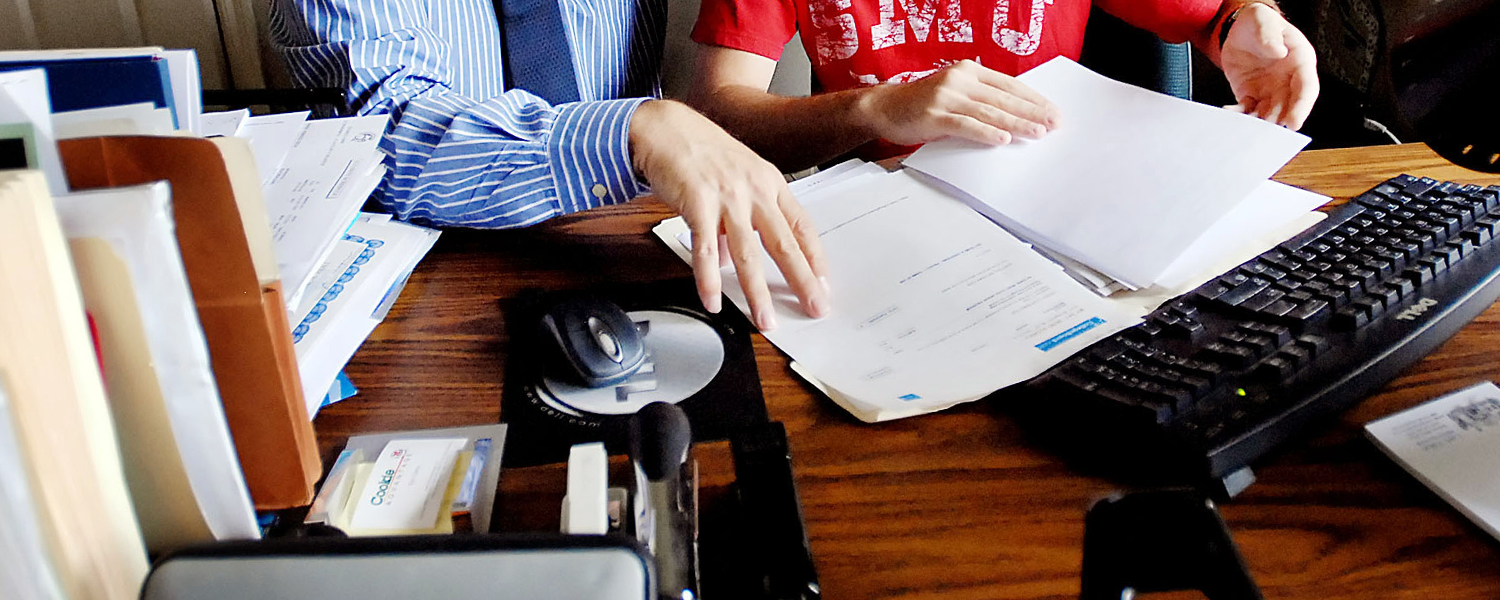Whether you’re moving to a new home or simply need more storage space, it can be difficult to know what items to keep and which to get rid of. A great way to streamline the process is to go through a home inventory before you start packing. This will help you determine the items you need to transport and what can be donated or sold.
There are some things that should not be put into storage, such as car batteries, pool chemicals and perishables. You should also make a note of any items you’re worried about that may need extra insurance coverage. For example, if you have valuable antiques or artwork, it’s best to transport them yourself instead of hiring movers. They’ll charge more to handle fragile items and may not be insured in case of damage.
Depending on the size of your move and how long you need storage, you’ll likely have to purchase or rent packing materials. For instance, you’ll need a variety of sizes of boxes, marker pens to label the boxes and other packing supplies, such as bubble wrap and packing paper. Additionally, you should have a few heavy-duty plastic sheets to cover furniture and equipment. You can find these at any local hardware store.
Some moving companies Ciao Moving & Storage offer a package deal that includes both packing and storage services. These packages typically cost more than hiring movers separately. However, they’re often less stressful and can save you money in the long run.
Before you start packing, be sure to clean out your refrigerator and freezer. Donate any perishables to a local food bank or charity, and dispose of any unused cleaning supplies.
Getting rid of unwanted items before your move can significantly cut down on the number of boxes you’ll need to pack and transport. This will make your move more cost-effective and efficient, as well as reduce the risk of damage to your belongings.
If you’re planning to hire movers, research the company before you sign a contract. Check its U.S. Department of Transportation license number and whether it’s bonded. It’s also a good idea to visit the storage facility in advance to see how your belongings will be stored.
As you start the packing process, be sure to pack an “emergency survival kit” with items you’ll need immediately after moving into your new home. This kit should include toiletries, medications and important documents. You should also consider donating nonperishable items to a local food bank before you move. In addition, don’t forget to contact your children’s schools to arrange for enrollment and records transfer. If you’re traveling for the move, be sure to book any flights early and look into travel deals. Lastly, contact your new neighborhood’s police department for crime reports and safety information. You can also join community social media groups to learn more about the area. This will give you an idea of what to expect and help you feel more at home in your new city.

